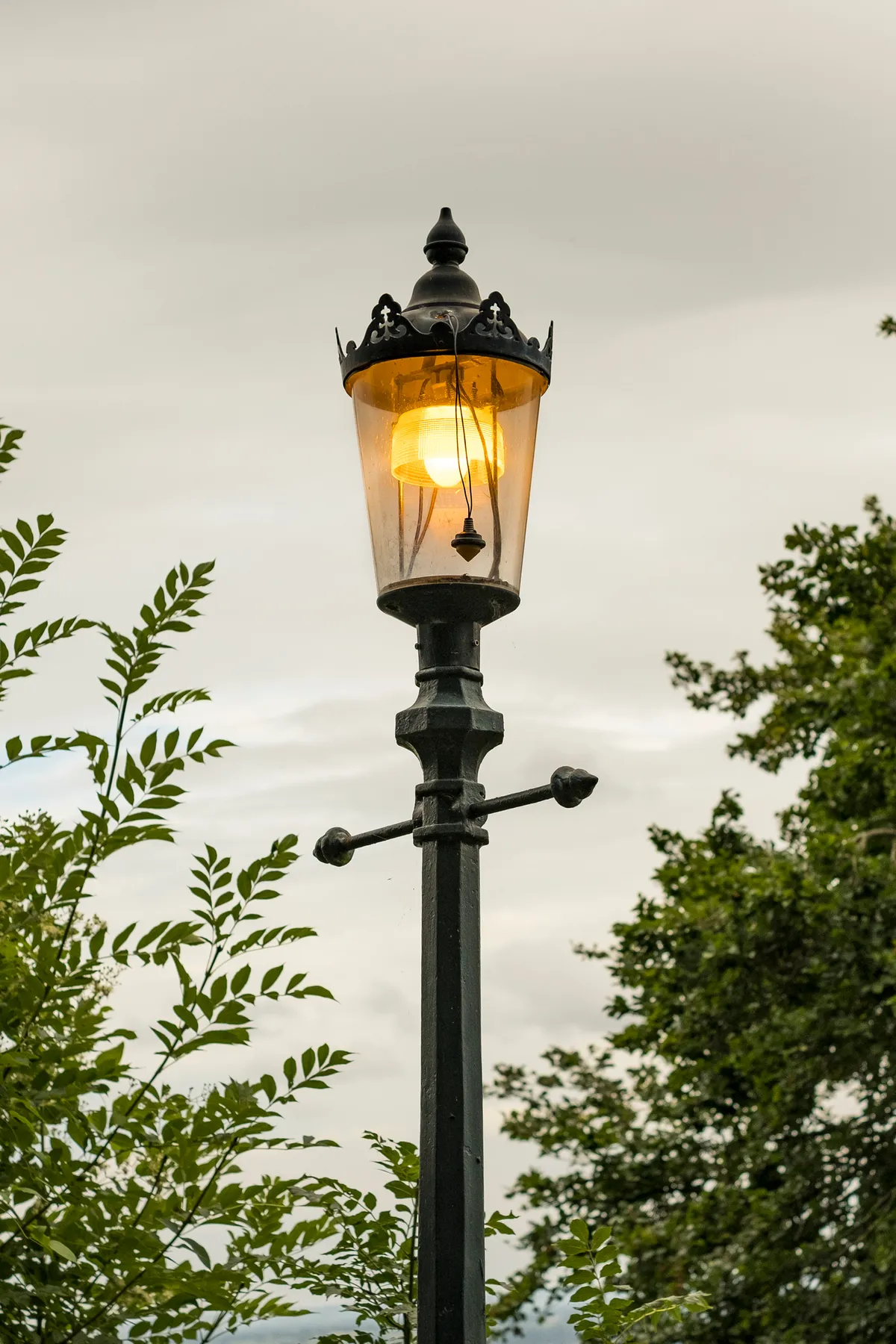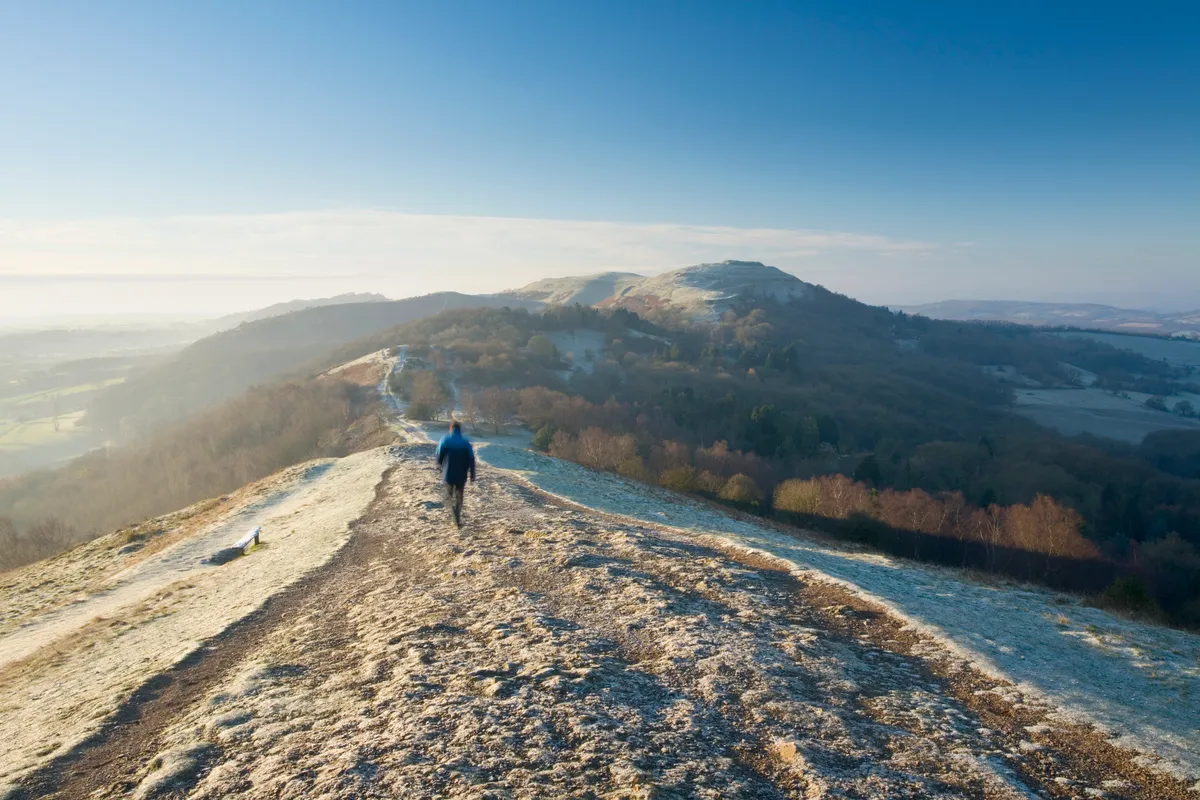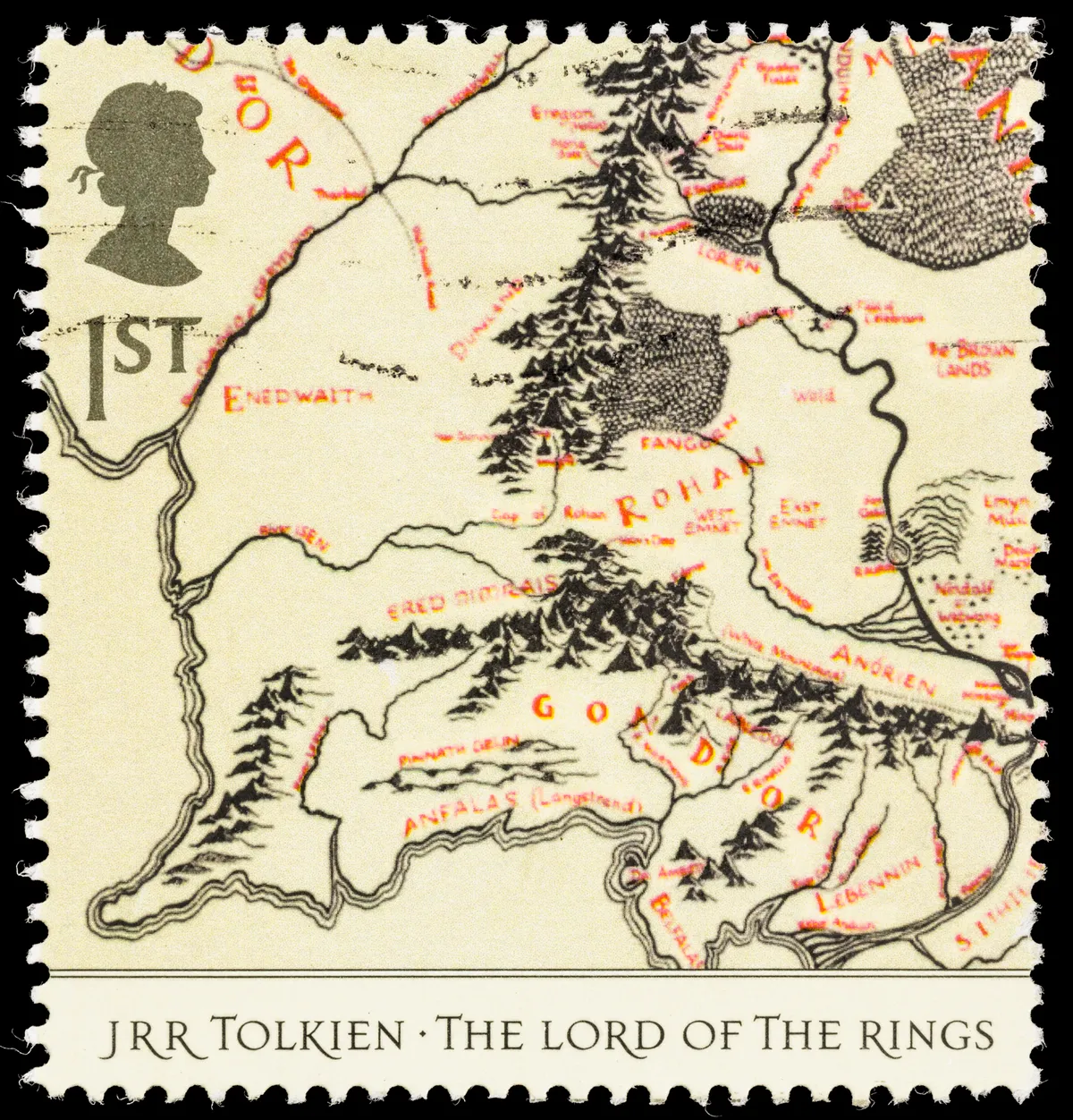Standing on the ridge of the Malvern Hills, looking out across Worcestershire, Herefordshire and the Severn Valley, you’d be forgiven for feeling a little light-headed.
Whether it’s the effect of the ascent, the fresh air, the panoramic view or the sense of being seemingly on top of the world, something about this location resets the soul. And it certainly had that effect on the likes of JRR Tolkien, CS Lewis and Edward Elgar, all three of whom once stood upon the same ridge, gazing out across the landscape that helped them forge some of the most significant creative works of their time.
Today, the Malverns remains a draw for the creative arts as well as those looking for a rewarding ramble or cycle. It has a number of festivals throughout the year, spanning classical music, antique fairs, arts markets and the Festival of Ideas, which combines the creative arts, philosophy and science. But on any visit here, you can connect with the great creators of the past through a simple walk.
- Discover more in our Guide to the Malvern Hills: walks, days out, things to do and places to stay
How the Malverns influenced CS Lewis
The magical land that Lucy first discovers in The Lion, the Witch and the Wardrobe may have looked a little different had CS Lewis not studied at Malvern prep school (now called Cherbourg) and college, and formed lifelong links with the town.
Here, he discovered Norse mythology – which it’s thought shaped the divine-like character of Aslan – and spent many hours hiking around the hills. In 1916 he went to University College Oxford, where he met his lifelong friend JRR Tolkien. During the 1930s the two friends, along with George Sayer – a pupil of Lewis who went on to become his biographer – often returned to Malvern to hit the trails together.
There’s a well-known association between the now-famous Victorian gas lamps in Great Malvern and the lamppost that features in the opening description of Narnia in The Lion, The Witch and The Wardrobe.
Local lore has it that Lewis had noticed the lamps as he walked home from the Unicorn pub in the company of Tolkien and Sayer. It was snowy – rather like Narnia – and he apparently remarked to his friends, ‘that would make a very nice opening line to a book’. You can view some of the town’s 80 working gas lamps in Great Malvern Town Centre (on Belle Vue Island), in the churchyard of the Priory and on Holywell Road. See the Malverns Tourist Information Centre for a gas lamp trail map.

Hike the dramatic hills of Tolkien’s Gondor
There is something undeniably Tolkienesque about the Malvern Hills. Approaching them from Bath, where I grew up, they appear to spring from nowhere, rising suddenly from the Severn Plain, a looming line of sleeping giants formed during the Precambrian Age and littered with the relics of bygone days.

CS Lewis and JRR Tolkien cut a comical path on their walks here, with Lewis striding ahead with purpose, and Tolkien the slower hobbit in his wake. In later years, Sayer recalled in the sleeve notes of a Lord of the Rings reading by the author, Tolkien would often relive the book as they walked, comparing the hills to those of Gondor.
Find the inspiration for The Lord of the Rings and The Hobbit in the British countryside
JRR Tolkien took much of his inspiration for his mythical tales from real locations in Britain. Mathew Lyons embarks on an adventure to find Middle Earth.
Image credit: Getty

How the Malverns influenced Elgar
Elgar, who is buried in Little Malvern, is perhaps the region’s most famous musical son – and you can visit the red-brick cottage of his birth, The Firs, on Lower Broadheath.
View more National Trust properties for classical music lovers to visit at our sister title, BBC Music.
He wrote some of his most-loved compositions in and around the Malvern Hills, including the Enigma Variations, which brought him international fame, and Serenade for Strings, whose lilting melodies, windswept momentum and wistful character have been compared to a pictorial landscape replete with valleys and panoramic vistas.
As a child, Elgar had been captivated by the beauty and isolation of Broadheath, the village where he was born, and in later years he was a familiar sight as he cycled around the villages and lanes near Malvern. Rosa Burley, his friend and cycling companion remembered, “As we rode, he would often become silent and I knew that some new melody or, more probably, some new piece of orchestral texture, had occurred to him”. Why not put yourself in the saddle and see what divine inspiration may come to you? The hills themselves are perfect for cycling, with well-maintained paths all around.
Walk: Malvern Hills, Worcestershire and Herefordshire
Hike along the Malvern ridge from British Camp, a magnificent Iron Age hill fort, before descending into the picturesque town of Great Malvern for a well-earned pub meal.
Picture: Malvern Priory./Credit: Leading Lights/Getty.

Experience the origins of early poetry
If you’re in search of some spiritual quietude, consider stopping in at Little Malvern Priory, a Benedictine monastery first built in the middle of the twelfth century. The medieval writer William Langland is thought to have been educated here in the 1300s, before moving to London and, in poverty, writing one of the most significant works of early English literature – Piers Plowman. This semi-autobiographical work involves everyman Will falling asleep on the Malvern hillside and embarking upon a spiritual journey.
More evocative writing followed in the 19th and 20th centuries from writers such as WH Auden (The Malverns); The Dymock poets; Robert Frost (Iris by Night); and Elizabeth Barrett Browning (Aurora Leigh).
But perhaps one of the most moving and humble sentiments about the Malverns came from Elgar, during his final illness in 1933. He had been humming the theme to his Cello Concerto to a friend, and said: “If ever after I’m dead you hear someone whistling this tune on the Malvern Hills, don’t be alarmed. It’s only me.”

